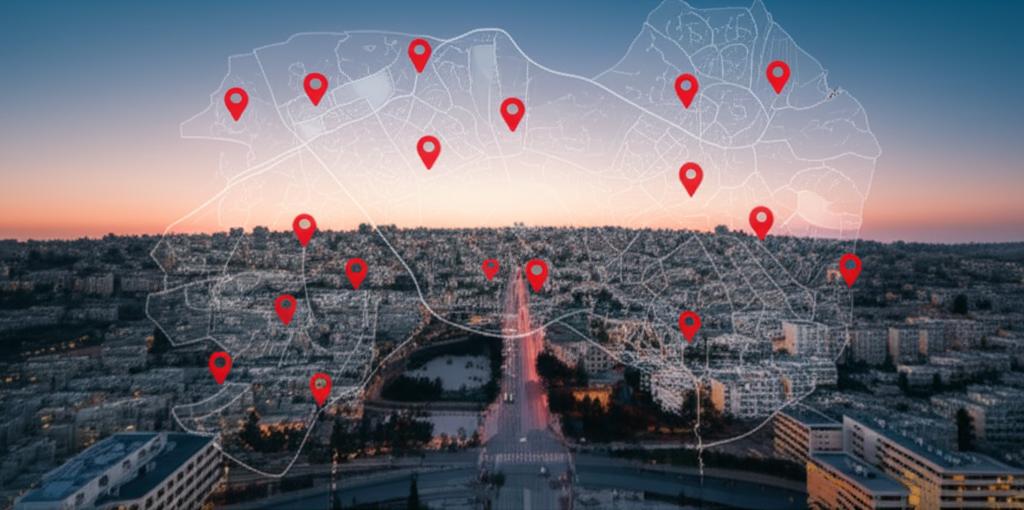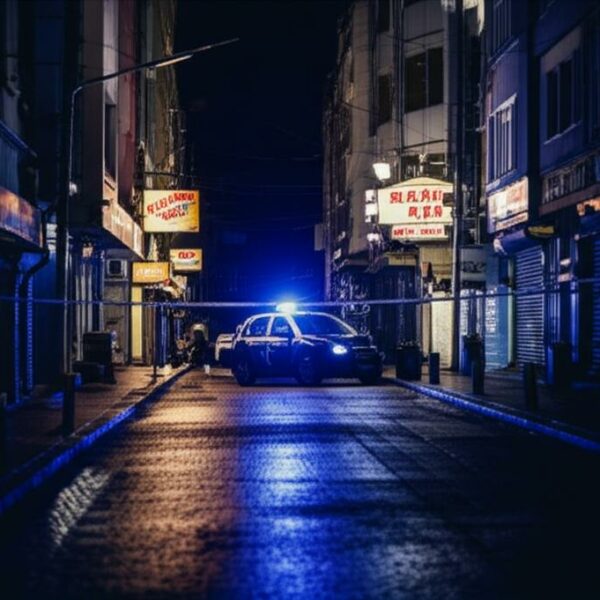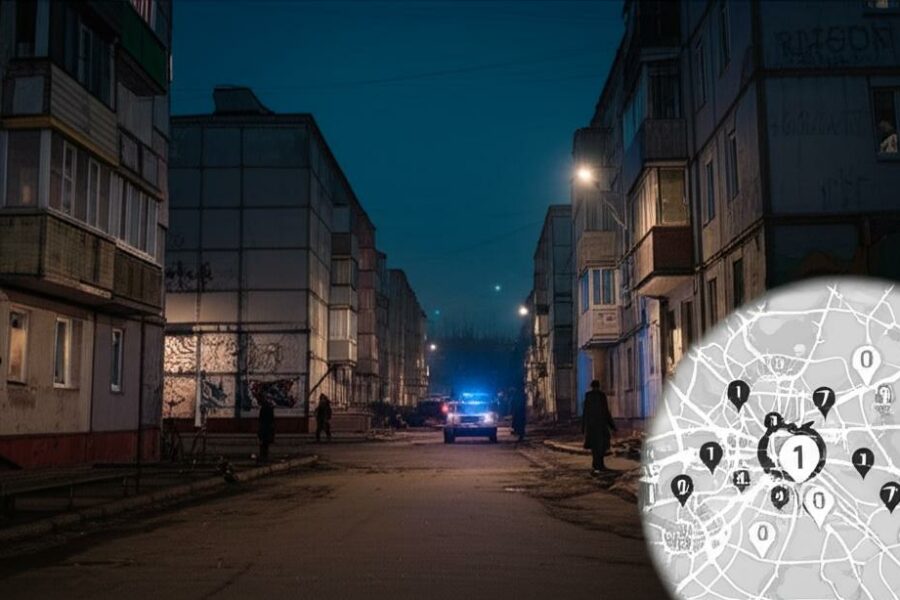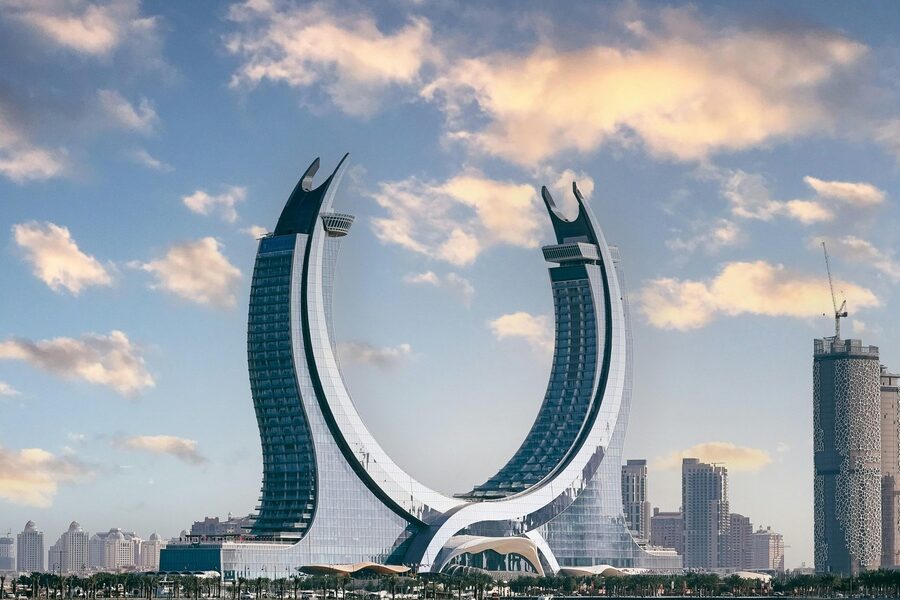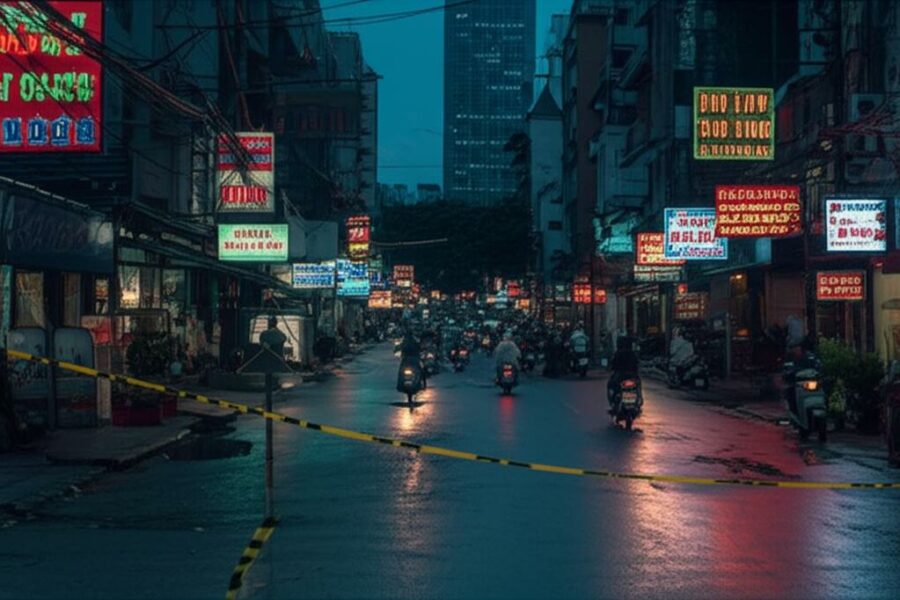On December 18, 2016, a security incident in Karak shocked many Jordanians and visitors alike. The event was a vivid reminder that localized violence, while rare in Jordan, can still occur.
Residents, travelers, humanitarian workers and investors all need clear, practical information about where extra caution is warranted. While Jordan is one of the more stable countries in the region, certain cities and districts face elevated risks from crime, industrial hazards, cross‑border pressures, and episodic security incidents; this article identifies eight urban areas that warrant extra caution and explains why.
Below we group eight places into three practical categories—urban crime, border/transit and refugee‑related risks, and industrial/environmental hazards—and explain the local drivers and sensible precautions before moving into the first category.
Urban crime and social challenges
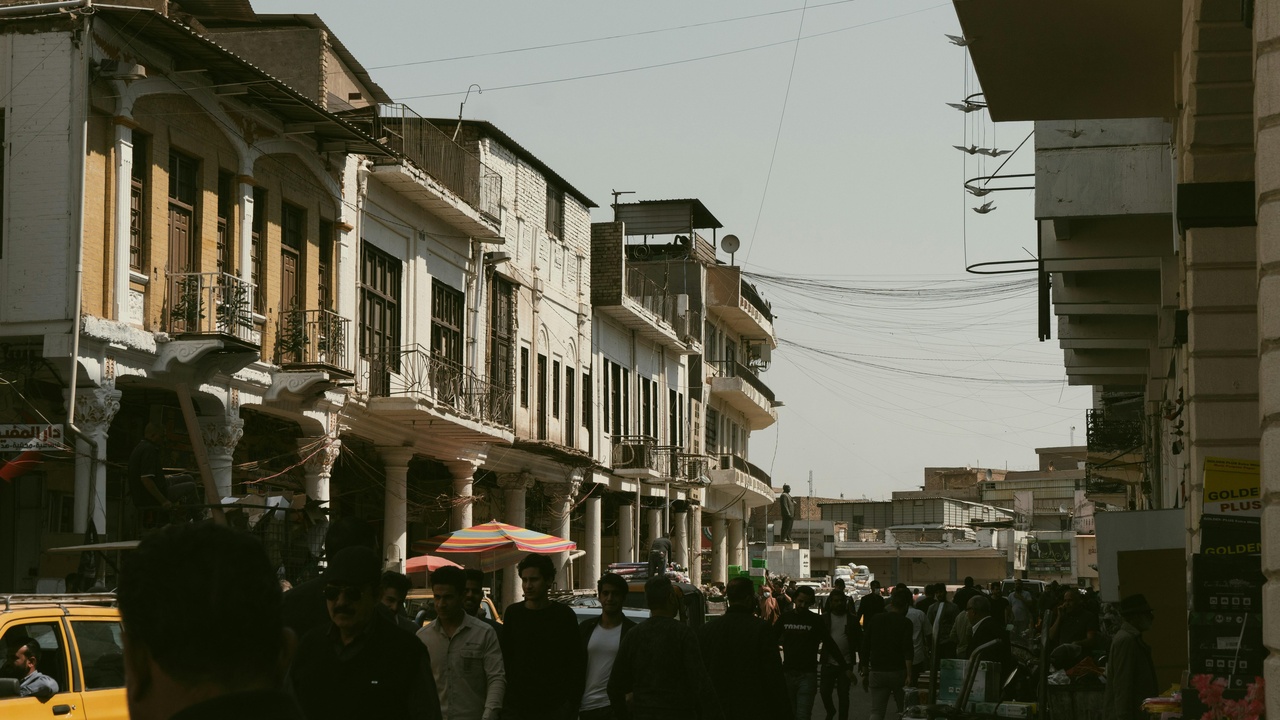
Several cities around Amman have denser, lower‑income neighborhoods where petty crime and social stressors are more common. High population density, limited employment for young people, and clusters of informal housing create environments where opportunistic theft, vehicle break‑ins and occasional organized street‑level incidents occur more frequently than in wealthier districts.
Jordan’s youth unemployment has been stubbornly high in recent years, often above 25 percent, and that economic pressure concentrates in industrial towns and peripheral neighborhoods. Municipal policing, lighting, and local outreach programs can make a noticeable difference: targeted patrols and NGO-led youth initiatives have reduced visible tensions in several neighborhoods over time.
Readers should view this category as places where everyday vigilance helps most: travel during daylight when possible, use official transport, and take basic theft‑prevention steps. The sections that follow profile three cities where these dynamics are most visible.
1. Zarqa — Industrial center with persistent safety challenges
Zarqa is often cited as Jordan’s city with higher crime concerns. As the country’s third‑largest city and a major industrial hub, parts of Zarqa include large factory zones alongside dense, informal residential areas that correlate with higher youth unemployment and social strain.
Economic shifts and occasional downturns in industry have left pockets of poverty, which in turn create a breeding ground for petty theft, vehicle break‑ins and, at times, gang‑related activity. Longstanding media reports and municipal initiatives note both the problem and ongoing responses.
Visitors should exercise caution at night, avoid unfamiliar side streets, and secure vehicles and valuables. Municipal safety patrols and recent investments in community policing aim to improve daily security, but residents say vigilance remains necessary in specific neighborhoods.
2. Russeifa — Pollution, mining legacies, and social strain
Russeifa began as a mining town and still bears the environmental legacy of phosphate extraction and related industrial activity. Contamination and dust from former operations affect air quality and public health in surrounding residential areas.
Chronic health burdens and lower property values reduce economic opportunity, which indirectly contributes to social stress. Local public‑health campaigns and cleanup projects in Zarqa governorate have sought to address contamination, but remediation is gradual.
Residents report higher rates of respiratory complaints and lower investment interest in fringe neighborhoods near former mine sites. Visitors should avoid industrial fringes and heed municipal guidance when moving through these areas.
3. Amman (specific districts) — generally safe but with risky neighborhoods
Amman is the capital and generally safe, but certain districts experience higher rates of petty crime and occasional targeted incidents. The capital hosts well over one million residents, and crowded markets or transit hubs can attract opportunistic thieves.
Typical incidents include pickpocketing, taxi‑fare scams and street altercations in busy souks or peripheral neighborhoods. Police community outreach in central districts has reduced some risks, but visitors and residents alike should keep valuables secure and use registered taxis.
Simple precautions—traveling with companions after dark, avoiding poorly lit side streets and keeping electronics out of sight—go a long way in Amman’s hotspots. Local knowledge helps: ask hotel staff or trusted locals about neighborhoods to avoid at night.
Border, transit and refugee-related risks
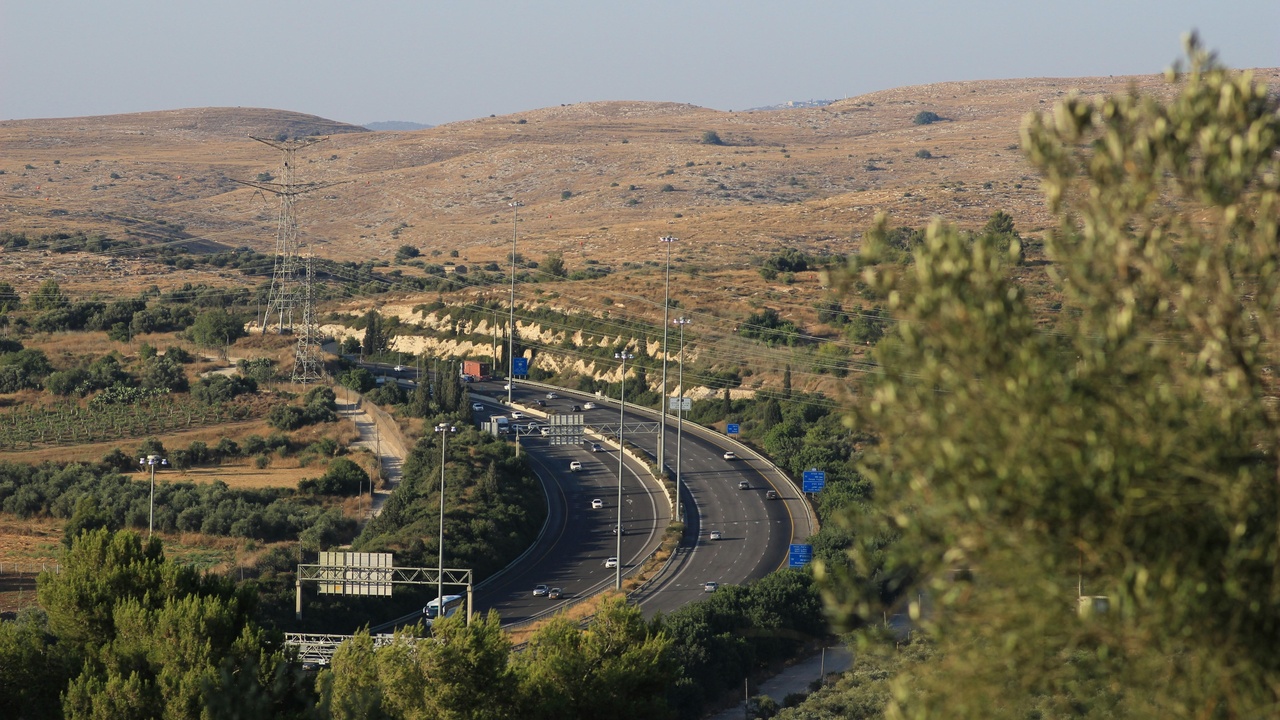
Places close to international borders and major transit corridors tend to carry different risk profiles than city centers. Governorates near Syria and transit nodes have absorbed significant population displacement since 2011, which strains housing, health services and local security resources.
According to UNHCR figures, Jordan hosted over 660,000 registered Syrian refugees as of 2024, and northern governorates have borne a large share of that pressure. That inflow increases demand for services, creates crowded transit hubs and, at times, leads to resource competition and tensions.
Transit corridors can also act as conduits for smuggling and illicit trade, placing pressure on policing and customs. Humanitarian presence (NGOs and UN agencies) coexists with local concerns, so coordination with authorities and aid actors is often the safest approach for visitors and workers.
4. Mafraq — gateway city under strain
Mafraq city and governorate have absorbed large numbers of displaced people since the Syrian conflict began in 2011. The demographic shift has increased demand for housing, schools and medical care in a region that was already resource‑limited.
Pressure on municipal services and shortfalls in employment opportunities can raise localized tensions and increase petty crime in overcrowded neighborhoods. UNHCR and other humanitarian programs operate in the north, but municipal capacity remains a limiting factor.
Humanitarian workers, volunteers and visitors should coordinate with local NGOs and authorities for situational updates, use official accommodations, and avoid improvised settlements without escorts or clear local guidance.
5. Irbid — crowded transit and localized criminality
Irbid is a major northern city and transit hub with a large student population and considerable foot traffic. Busy bus stations, markets and university areas create pockets where pickpocketing and opportunistic theft occur more frequently.
High daytime density can mask small criminal networks that target crowded transport nodes. Local services are robust in the urban core, but peripheral neighborhoods can feel understaffed after dark.
Practical steps include keeping belongings close in transit hubs, using registered taxis and avoiding isolated streets at night. University orientation offices and local police stations provide timely advice for newcomers.
6. Ramtha — border town with smuggling and interdiction history
Ramtha sits near the northern border and has a long history of informal cross‑border trade and occasional smuggling routes. Proximity to an international frontier increases the likelihood of contraband flows and associated criminal networks.
Local economies often include informal trade that skirts customs controls, and security services periodically conduct interdiction operations to disrupt illicit movements. These operations can create temporary tensions and checkpoints in surrounding areas.
Travelers and aid agencies should avoid informal crossings, follow local advisories, and allow extra time for inspections. Businesses involved in logistics should build redundancy into supply chains to manage episodic disruptions.
Industrial, environmental and episodic conflict hazards
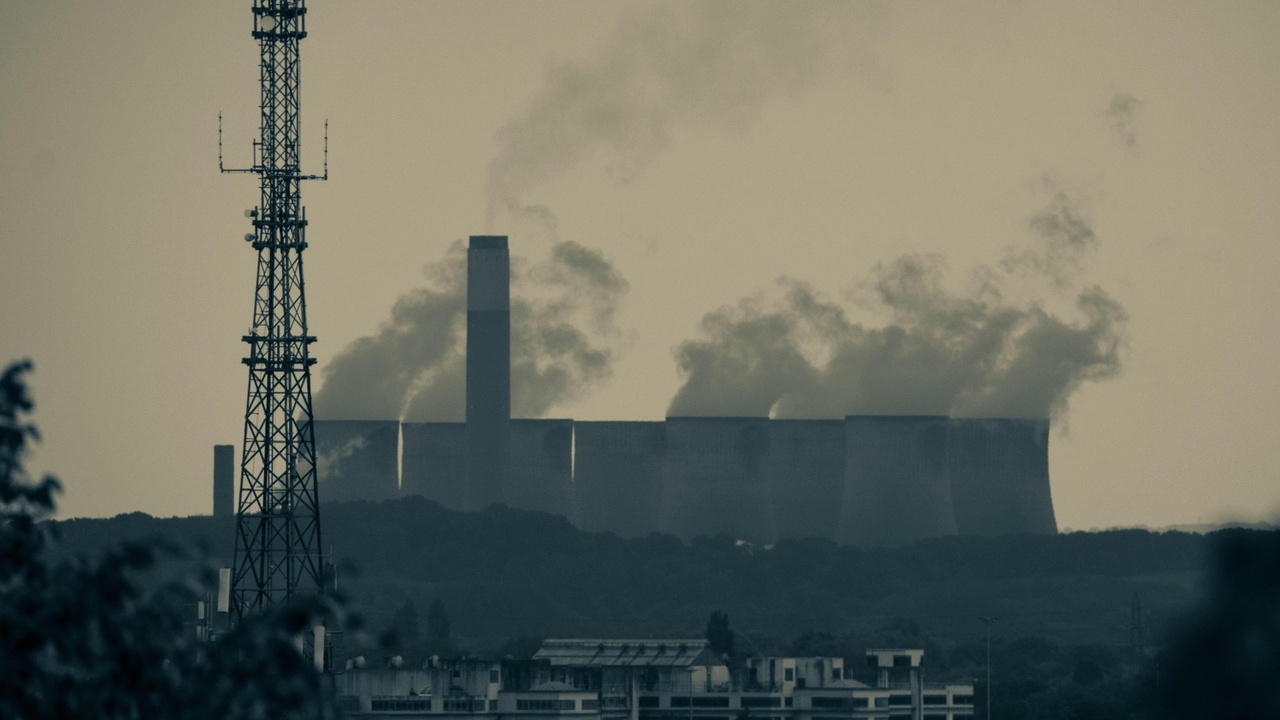
Industrial legacies and environmental degradation pose long‑term health and infrastructure risks that differ from everyday crime. Phosphate mining, factory pollution and port‑area congestion can affect air and water quality, increase workplace hazards and depress local economies.
Occasional episodic security incidents—such as the December 18, 2016 attack in Karak—also demonstrate how a single event can temporarily change local risk perceptions and visitor patterns. Ports and industrial hubs likewise carry unique smuggling and supply‑chain vulnerabilities.
The cities below illustrate how environmental, industrial and episodic security drivers combine to shape localized threats and practical mitigation measures.
7. Al-Karak — historic town affected by episodic attacks
Al‑Karak is known for its crusader castle and long history, but it was the site of a notable security incident on December 18, 2016 that resulted in multiple fatalities. The attack produced a short‑term drop in tourism and sharper security measures across the area.
Authorities increased checkpoints and investigative activity in the aftermath, and local businesses reported reduced visitor numbers for a period. The event changed perceptions of safety more than daily risk levels, and authorities emphasize both protection and a return to normalcy.
For visitors, the castle and nearby sites are largely accessible today, but travelers should follow local advisories, expect visible security presence near public sites, and plan itineraries with local tour operators when possible.
8. Aqaba — port city with transit-related vulnerabilities
Aqaba is Jordan’s only port and a major tourist gateway on the Red Sea, but it also handles significant cargo flows. Port areas and adjacent industrial zones are where smuggling and transit‑related crime can concentrate, even as resort districts remain popular and mostly secure.
For businesses, cargo transits face supply‑chain risk from illicit trade and occasional corruption‑related exposures. Customs and security operations work to deter such activity, yet industrial fringes can feel less regulated than central tourist zones.
Most visitors to Aqaba’s beaches and historic sites report safe stays; still, avoid poorly lit port perimeters, heed local security notices and use licensed transport when moving between industrial and tourist areas.
Summary
Jordan remains broadly stable, but local conditions vary: some urban districts, border towns and industrial hubs present higher, more specific risks than the national average.
- Economic and social pressures—high youth unemployment and rapid urban growth—drive petty crime in industrial and dense neighborhoods.
- Border governorates carry extra strain from refugee inflows (UNHCR reports over 660,000 registered Syrian refugees as of 2024), which can amplify service gaps and localized tensions.
- Industrial legacies and episodic incidents (for example, the Dec 18, 2016 Karak attack) have outsized local impacts on health, tourism and perceptions of safety.
- Practical precautions—using official transport, avoiding poorly lit side streets, coordinating with local authorities or NGOs—mitigate most risks for residents, workers and visitors.
Check local advisories before travel and coordinate with municipal authorities or humanitarian organizations when operating in higher‑risk governorates; staying informed is the best way to reduce exposure in the cities discussed, including the most dangerous cities in jordan.

